Orange County August Planting Guide
August 1
3 MIN READ
0 Comments
Let’s Grow in Southern California
With the heat of August upon us, now is the time to begin preparation of our cool season garden.
The hot summer sun brings hearty vegetable yields and flowers in full color! Now is a great time to ensure your garden is receiving sufficient water and that no garden pests have made their way to your precious plants. It’s time to use our Orange County August planting guide to prepare for cooler weather. Consider placing an order for your cool season seeds from a local heirloom provider. Hardy vegetables like broccoli, cabbage, kale and radishes thrive in the cool season and the most dazzling varieties tend to sell out quickly! Don’t forget our suggested flower companion planting guide this month to bring more pollinators to your garden. Check out the Orange County August planting guide.
Disclaimer: Please note that some of the links on this page are affiliate links and Heirloom Potager earns a commission if you purchase through those links. We use these commissions to help fun our community give back program that offers garden education, garden development, and training for culinary students in Orange County, CA. We use all of the products that are recommended and only share because they are companies we have found worthy of the investment.
Planning a Summer Garden with Warm + Hot Season Plants
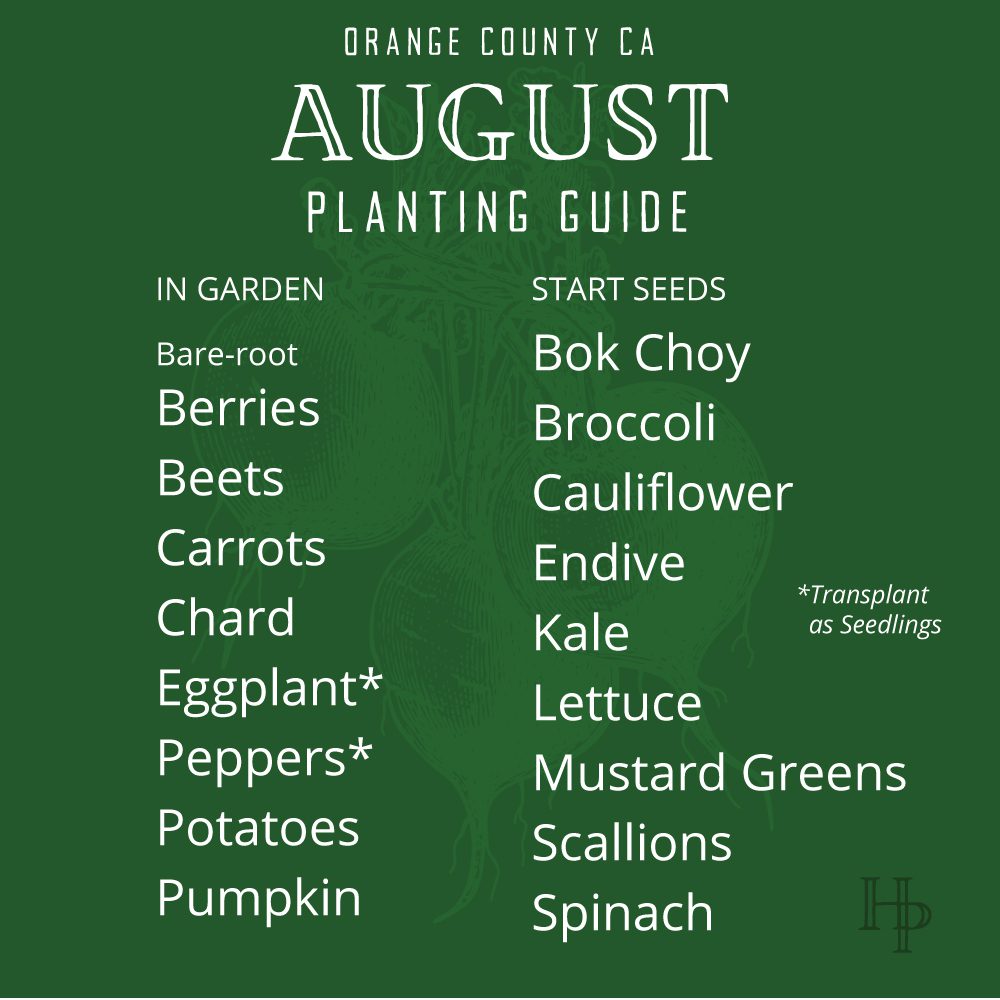
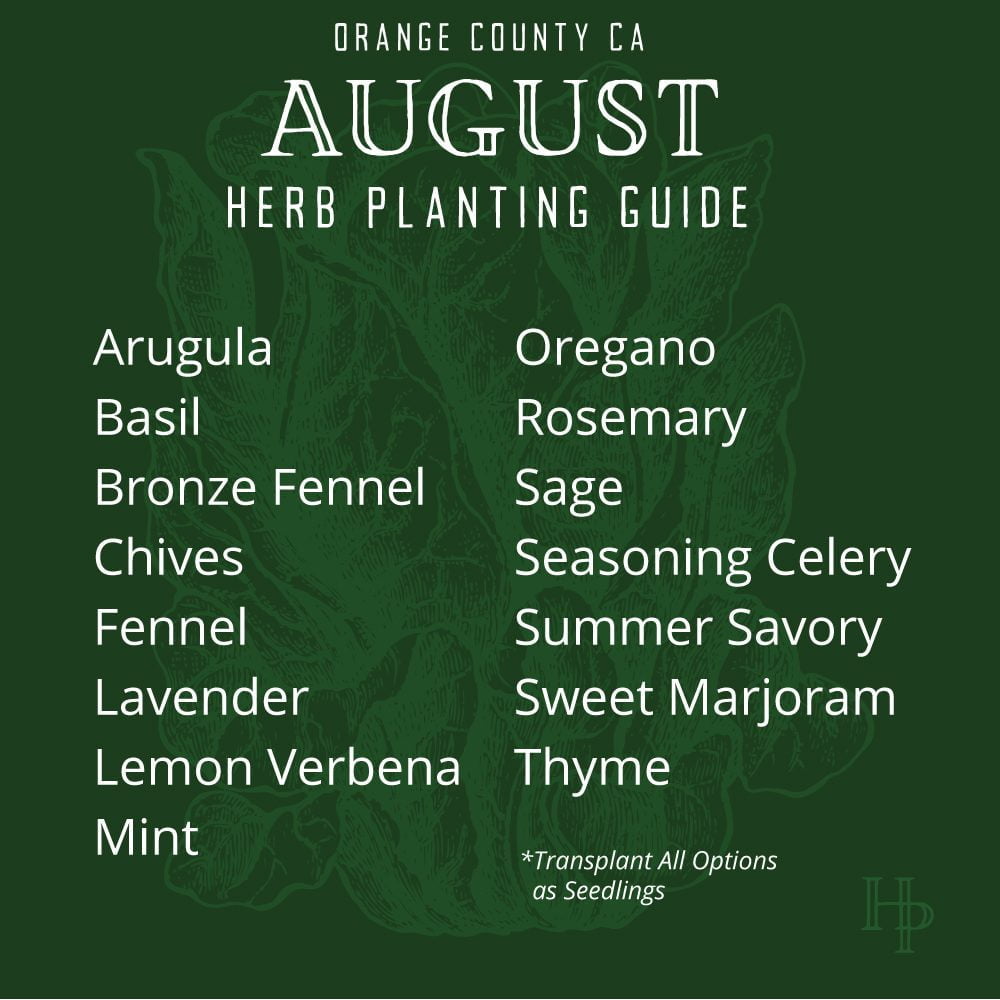
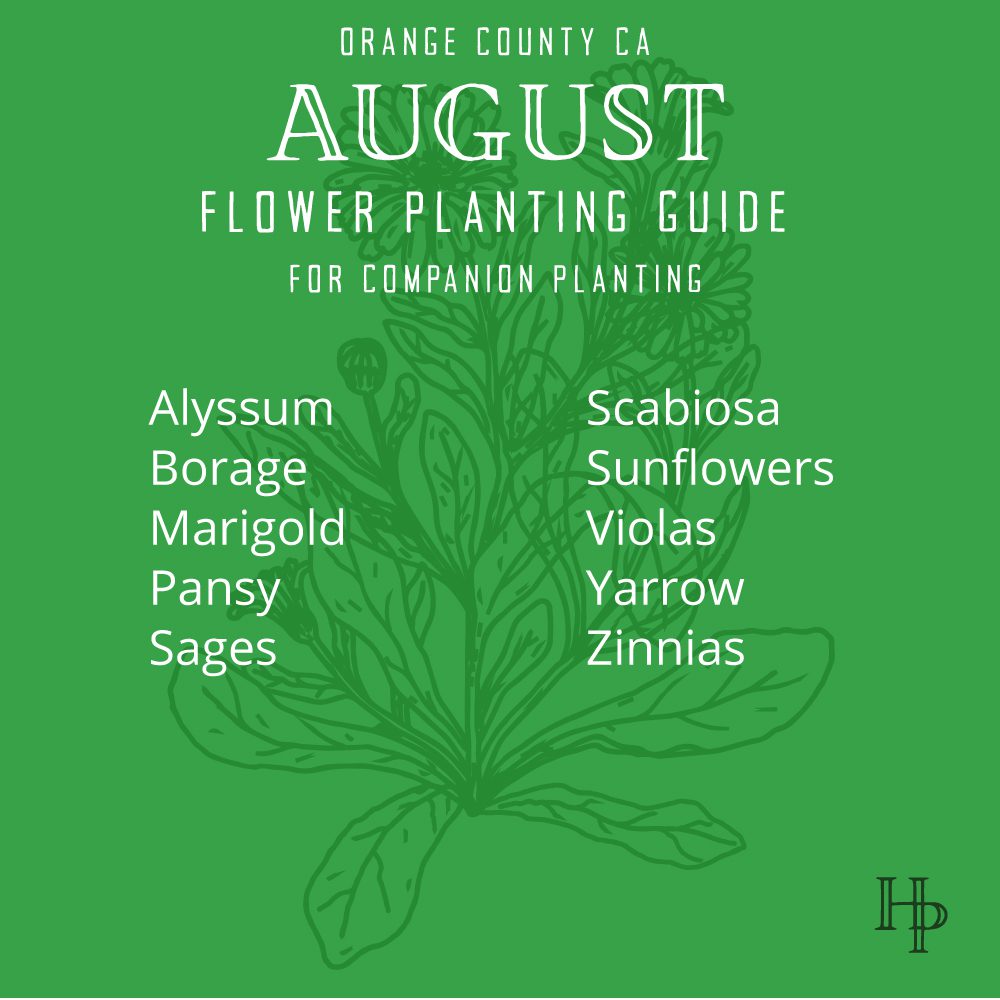
Here are a some great options for your August planting list:
Bareroot Berries, Carrots, Chard, Eggplant*, Peppers*, Potatoes, Radish (in partial shade), Malabar Spinach*, Pumpkins
Seeds to start for fall: Broccoli, Cauliflower, Endive, Kale, Lettuces,
Herbs: Basil, Chives, Fennel, Lavender, Lemon Verbena, Mint, Nasturtium, Oregano, Rosemary, Sage, Sweet Marjoram, Thyme
*Transplant Seedlings
Unique Heirloom Varieties to Plant this Season
Practice Companion Planting for Your Summer Garden
Here are a some great companion plants for your August planting list:
Alyssum, Bachelor Buttons, Borage, Marigolds, Pansy, Salvia, Scabiosas, Sunflower, Viola, Yarrow, Zinnias
Companion planting is a very old-world, organic gardening method rooted in creating a diverse ecosystem of fruits, vegetables, herbs, and flowers grown int he same space. As a result of inter-planting, you’ll create a more habitable environment for plants, improve soil health, and reduce the resources needed to grow sustainable amounts of produce.
Consider inter-planting some herbs with your fruits and vegetables this year to attract more pollinators and help keep pesky bugs at bay.
With a long and tenured history, the practice of companion planning was primarily practiced by home gardeners who weren’t driven solely by efficient outputs. However, as the impact of climate change grows and concerns over the use of pesticides for health increase, more and more gardeners (both home and commercial) are starting to implement the practice of companion planting.

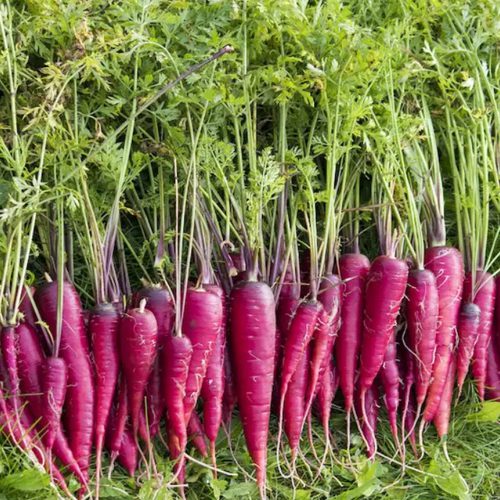
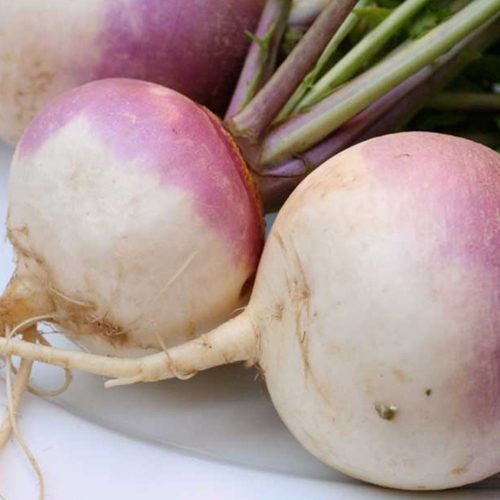
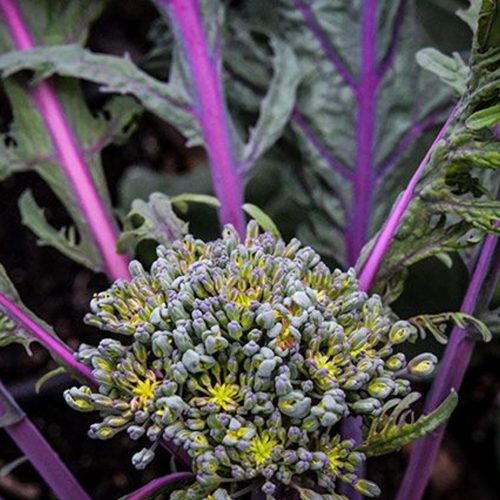
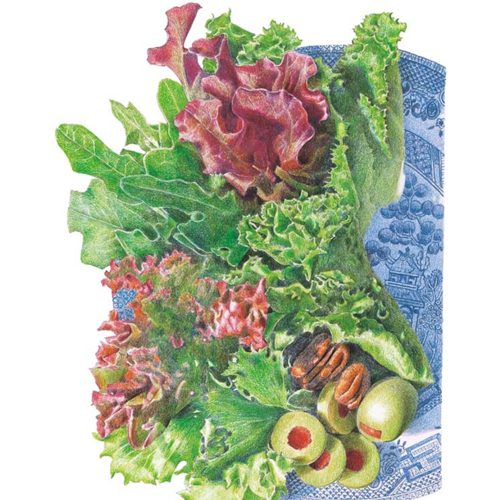
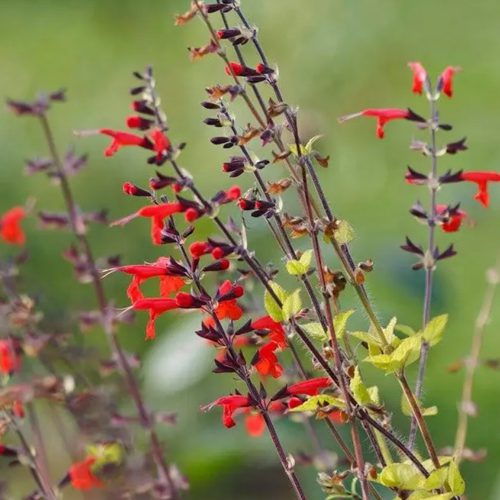
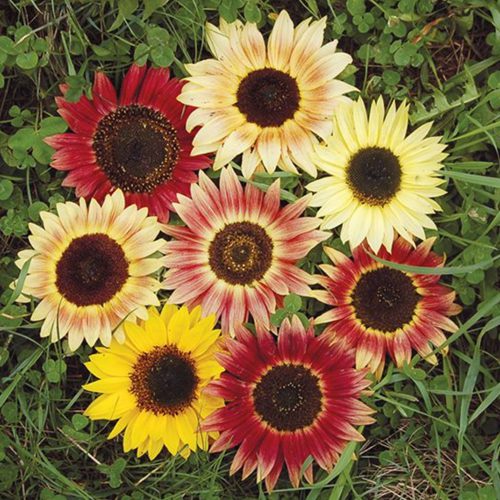
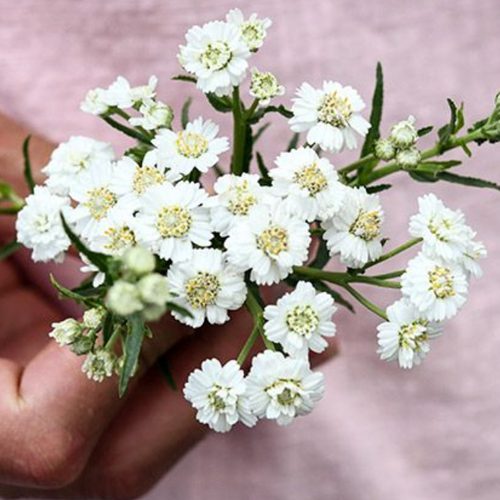
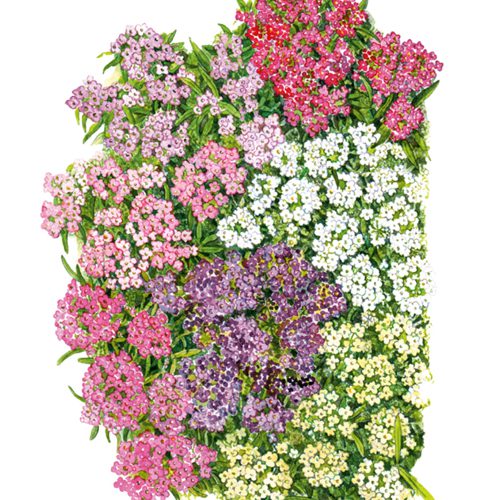
Leave A Comment